How To Master Your Microbiome

It’s time to nurture your skin’s natural line of defence.
Whether we care to admit it or not, we all strive for healthy, hydrated and clear complexions–free of redness, irritation, breakouts, and any of those pesky skin conditions (we’re looking at you, cystic acne), once and for all. However, on our quest for healthy skin, we may have hit a roadblock (or two) that has resulted in our complexions paying the price. Think over-exfoliation, hyper-hygiene, complex skincare routines, environmental pollution and lifestyle changes. All in all, in our effort to find a balance, we have disrupted the natural ecosystem of our skin: the microbiome. Our skin’s barrier, a control centre for protection, it’s time to put away the acids and return the harsh ingredients because mastering your microbiome is the secret to a healthy and balanced complexion.

What Is The Microbiome?
We often hear about the gut microbiome and its fundamental function for helping to optimise the body (and skin), and the skin microbiome is just like that–existing on its ecosystem of bacteria, fungi, viruses and trillions of microscopic organisms. Like a blueprint mapping the pathways of the skin, the microbiome protects our skin from harm, controls and stabilises skin immunity, optimises nutrient absorption and supports the skin barrier. “After the first decade of microbiome science, we are coming to a better understanding of its role for skin health–it’s simply vital,” explains Dr Tiina Meder, Consultant Dermatologist at GetHarley. “A healthy, rich microbiome protects the skin naturally, keeps the skin healthy and helps to keep the ageing process smooth and slow.”
A Compromised Microbiome
Invisible to the naked eye, you would think you would miss the warning signs when the microbiome is under attack. However, like the wind, you will feel its effects. Commonly referred to as ‘dysbiosis’ and ‘leaky skin’, a microbiome under strain is considered an imbalance and can be caused by many factors. Dr. Yannis Alexandrides, Founder of 111SKIN and Founder & Director of 111HARLEY ST. London Clinic explains that “a number of factors can harm or compromise your skin’s microbiome, from hormones to the foods you eat to the products you use, and any extreme changes in your environment can affect your microbiome.”
Think exposure to harsh UV light, natural ageing, pollution, stress and aggressive skincare like retinol or acids that you’re not used to. It is also surprising that resurfacing treatments can impact the microbiome’s health. As Dr Meder explains, dermabrasion, chemical peels, or laser resurfacing treatments are destroying superficial layers of the skin for a renewal purpose.
How Does The Skin Respond To An Imbalanced Microbiome
This is where visible conditions unveil themselves, and according to Ruby McGrath, MD of Atomy UK, your complexion will look dry and dehydrated. She also explains that you may experience “other symptoms including visible acne, or worsening of rosacea and eczema as there is an imbalance between the beneficial and harmful bacteria in your skin.” Some may also find that their skin is suddenly more susceptible to fine lines and premature ageing, due to the cell damage and loss in collagen.
Restoring The Balance Of Microbiome
All is not lost; like any wall, the microbiome can be re-built and fortified by implementing the right ingredients and routines. “First of all, prebiotics. These are substances able to “nourish” selective bacteria and fungi, so beneficial microorganisms have a chance to grow and unwanted ones are suppressed,” explains Dr Meder. Similarly, as Chartered Chemist and Scientist, Founder of SOS Serum Skincare, Bruce Green outlines, eating a balanced fibre-rich diet can help to rebuild the microbiome, as well as avoiding “harsh surfactants, natural soaps or disinfectants as these can directly damage the first layer of defence.”
Microbiome-driven skincare is vital, and before you think it’s just another category adding to the already overpopulated beauty world, it simply defines several ingredients and routines that will help to restore and rebalance the microbiome.

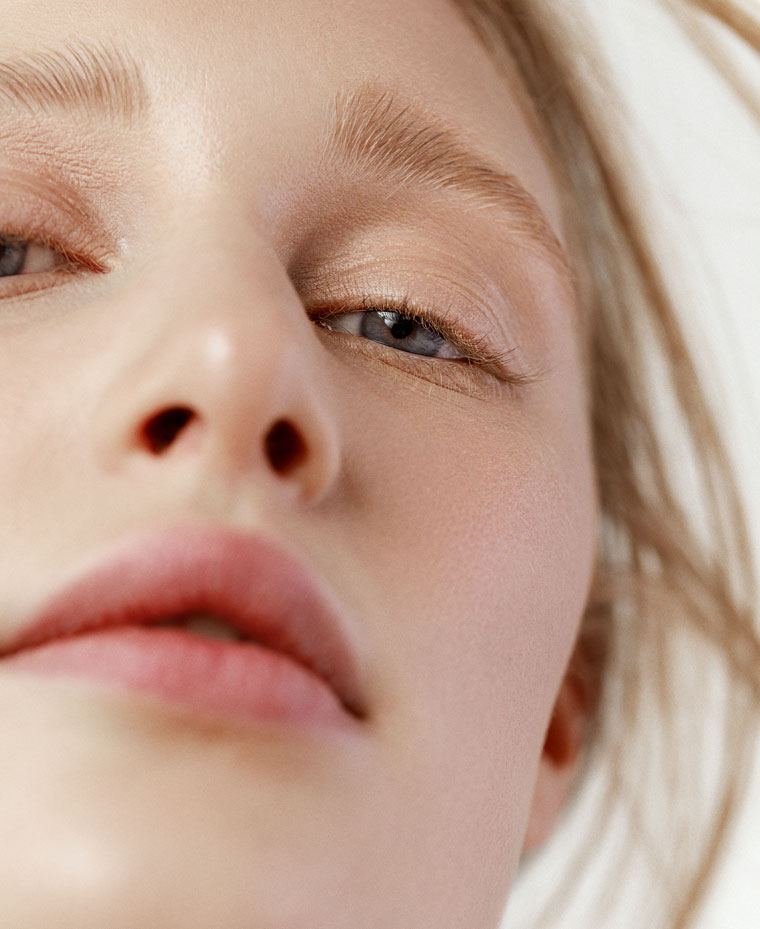
Photography: Sophie McDermott

Dos & Don'ts For Replenishing The Microbiome
- Do refine your skincare routine; with fewer chemicals and ingredients coming into contact with your microbiome, it reduces the stress and risk of imbalance and sensitivities.
- Do start to include prebiotics and postbiotics into your routine. This will help the microbiome stabilise itself and maintain its structural integrity for faster recovery.
- Do prioritise gentler ingredients that won’t disturb the skin’s natural pH balance, such as probiotics, niacinamide and antioxidants.
- Don’t overdo it with harsh ingredients, including reducing your exfoliating routine.
- Do eat colourful foods that are rich in antioxidants like red peppers, blueberries, strawberries and broccoli.
What Is The Microbiome?
We often hear about the gut microbiome and its fundamental function for helping to optimise the body (and skin), and the skin microbiome is just like that–existing on its ecosystem of bacteria, fungi, viruses and trillions of microscopic organisms. Like a blueprint mapping the pathways of the skin, the microbiome protects our skin from harm, controls and stabilises skin immunity, optimises nutrient absorption and supports the skin barrier. “After the first decade of microbiome science, we are coming to a better understanding of its role for skin health–it’s simply vital,” explains Dr Tiina Meder, Consultant Dermatologist at GetHarley. “A healthy, rich microbiome protects the skin naturally, keeps the skin healthy and helps to keep the ageing process smooth and slow.”
A Compromised Microbiome
Invisible to the naked eye, you would think you would miss the warning signs when the microbiome is under attack. However, like the wind, you will feel its effects. Commonly referred to as ‘dysbiosis’ and ‘leaky skin’, a microbiome under strain is considered an imbalance and can be caused by many factors. Dr. Yannis Alexandrides, Founder of 111SKIN and Founder & Director of 111HARLEY ST. London Clinic explains that “a number of factors can harm or compromise your skin’s microbiome, from hormones to the foods you eat to the products you use, and any extreme changes in your environment can affect your microbiome.”
Think exposure to harsh UV light, natural ageing, pollution, stress and aggressive skincare like retinol or acids that you’re not used to. It is also surprising that resurfacing treatments can impact the microbiome’s health. As Dr Meder explains, dermabrasion, chemical peels, or laser resurfacing treatments are destroying superficial layers of the skin for a renewal purpose.

Photography: Sophie McDermott
How Does The Skin Respond To An Imbalanced Microbiome
This is where visible conditions unveil themselves, and according to Ruby McGrath, MD of Atomy UK, your complexion will look dry and dehydrated. She also explains that you may experience “other symptoms including visible acne, or worsening of rosacea and eczema as there is an imbalance between the beneficial and harmful bacteria in your skin.” Some may also find that their skin is suddenly more susceptible to fine lines and premature ageing, due to the cell damage and loss in collagen.
Restoring The Balance Of Microbiome
All is not lost; like any wall, the microbiome can be re-built and fortified by implementing the right ingredients and routines. “First of all, prebiotics. These are substances able to “nourish” selective bacteria and fungi, so beneficial microorganisms have a chance to grow and unwanted ones are suppressed,” explains Dr Meder. Similarly, as Chartered Chemist and Scientist, Founder of SOS Serum Skincare, Bruce Green outlines, eating a balanced fibre-rich diet can help to rebuild the microbiome, as well as avoiding “harsh surfactants, natural soaps or disinfectants as these can directly damage the first layer of defence.”
Microbiome-driven skincare is vital, and before you think it’s just another category adding to the already overpopulated beauty world, it simply defines several ingredients and routines that will help to restore and rebalance the microbiome.

Dos & Don'ts For Replenishing The Microbiome
- Do refine your skincare routine; with fewer chemicals and ingredients coming into contact with your microbiome, it reduces the stress and risk of imbalance and sensitivities.
- Do start to include prebiotics and postbiotics into your routine. This will help the microbiome stabilise itself and maintain its structural integrity for faster recovery.
- Do prioritise gentler ingredients that won’t disturb the skin’s natural pH balance, such as probiotics, niacinamide and antioxidants.
- Don’t overdo it with harsh ingredients, including reducing your exfoliating routine.
- Do eat colourful foods that are rich in antioxidants like red peppers, blueberries, strawberries and broccoli.




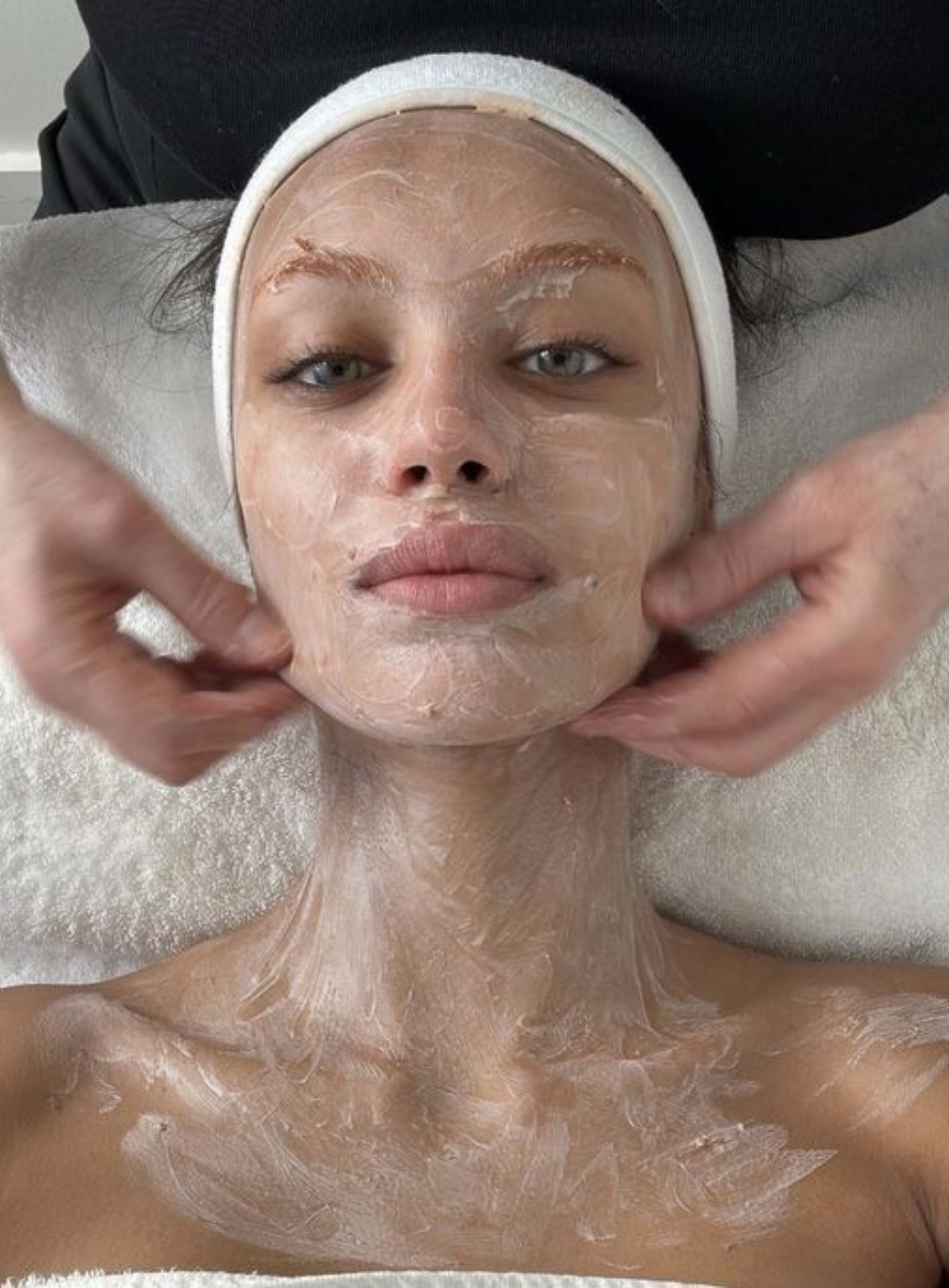

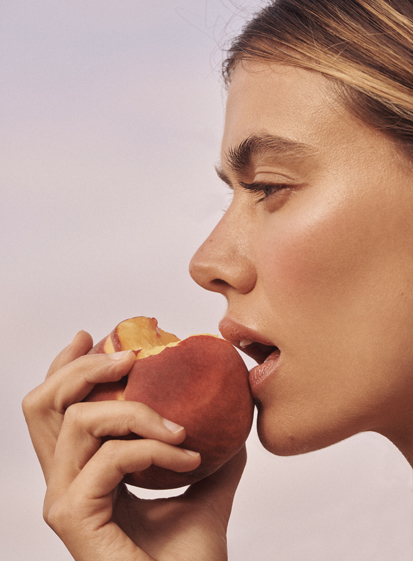





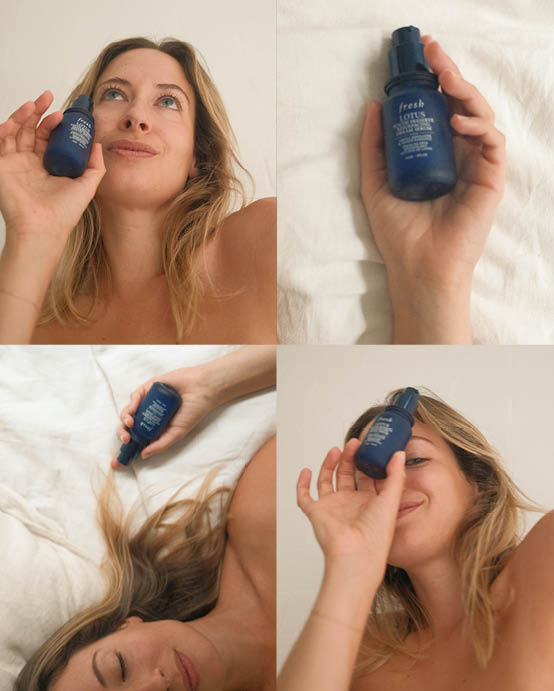
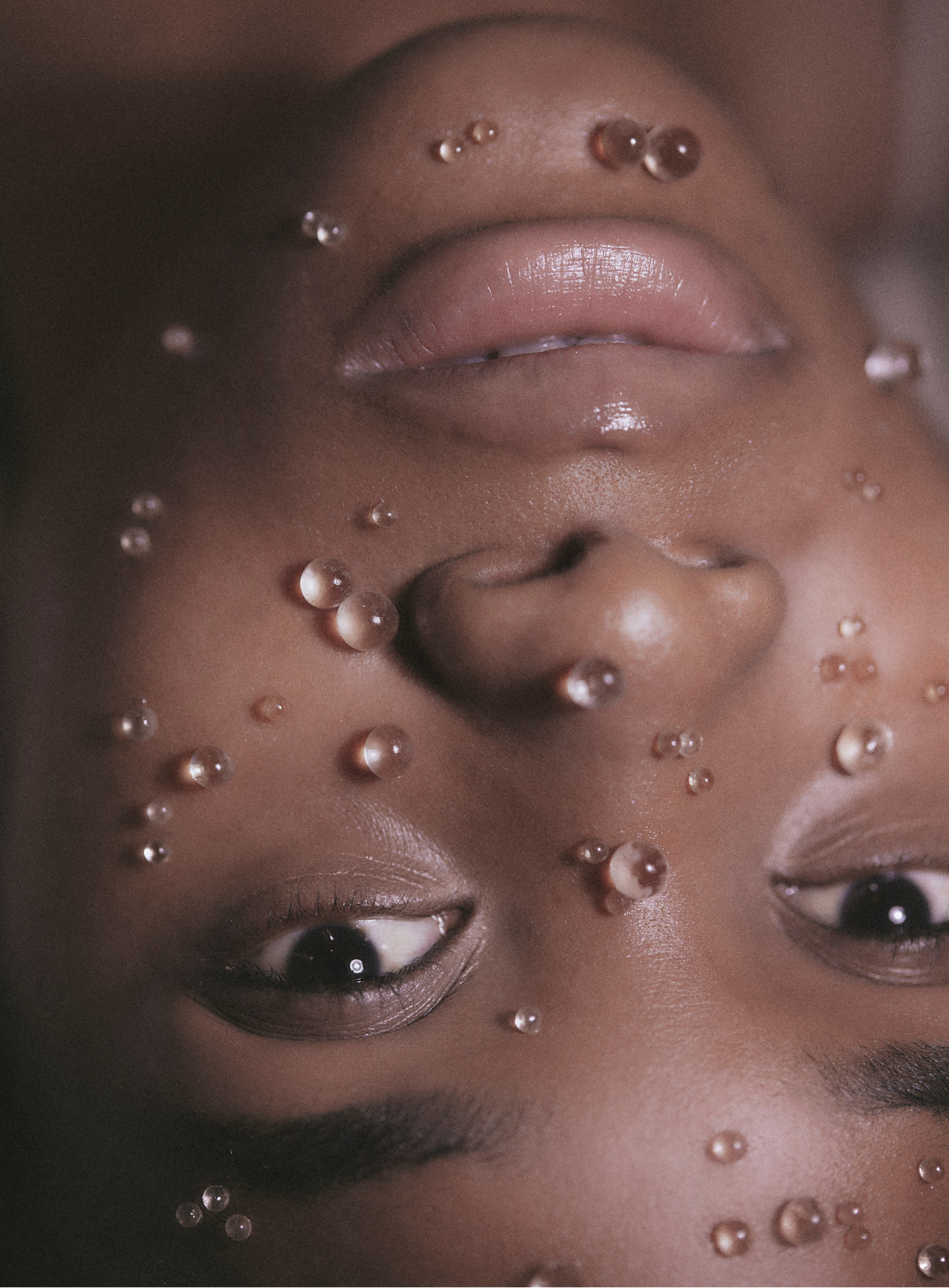
Comments